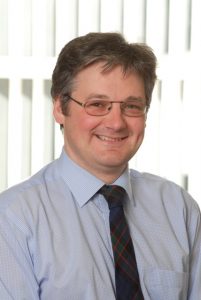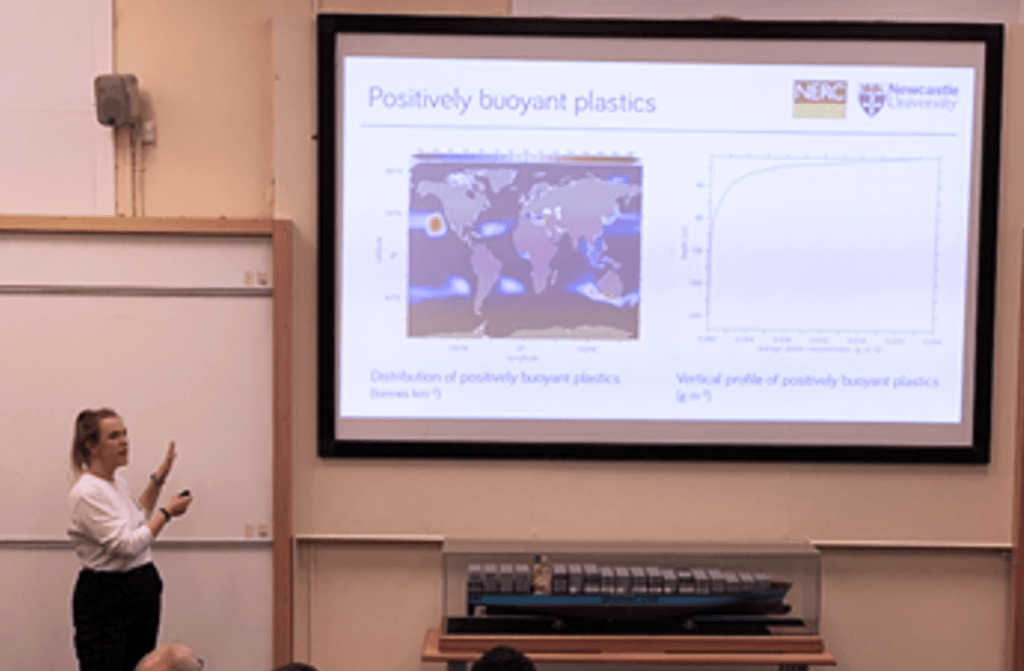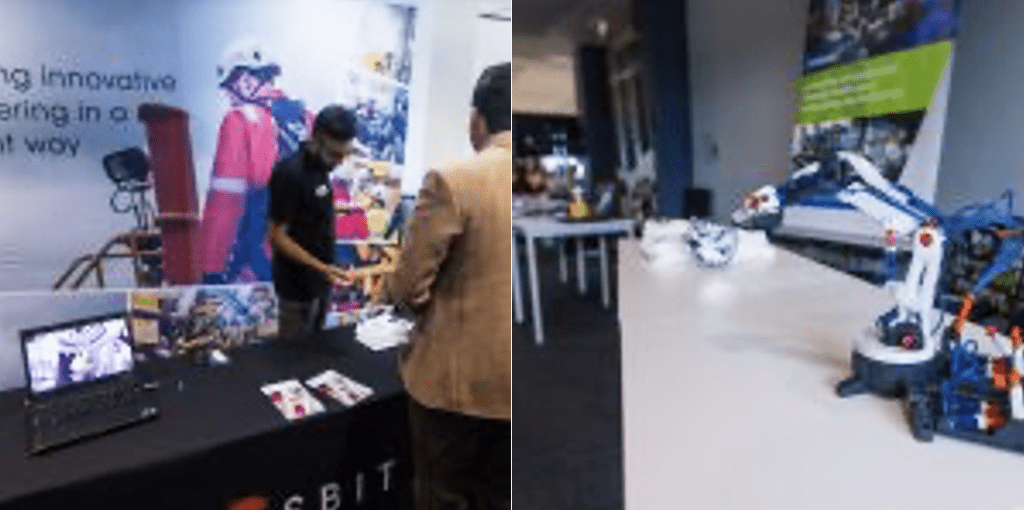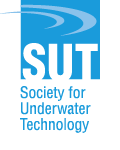Annual Report 2019-2020

Chair: Martin Bingham
The North of England Branch meets on a bi-monthly basis and has organised a student event and three evening technical sessions over the period. Unfortunately, two planned technical sessions have been postponed. The technical sessions have been well-supported with average attendance being 40 knowledgeable students and subsea practitioners. The sessions have been engaging with audience leading to enthusiastic discussion during the question and answer section of the meetings – a testament to the breadth and depth of experience and enthusiasm residing in the North of England.
The branch continues to be hosted by Newcastle University’s School of Marine Science and Technology. Being based within the University, we continue to be well-supported with student attendance.
Activities
Evening Meetings
- Mindful of supporting attendance by students, our usual September meeting was arranged within the university term time, so in October 2019, we were delighted to host an evening meeting with a series of presentations focusing on ‘Plastics in the Ocean’. The presentations provided a great insight covering:
- Polymers for Subsea Operations – Donald Faulds, shared over 20 years’ experience to cover the use of polymers subsea, along with advantages and limitations of the various types used. He talked through the various advantages that polymers can have over steel when used subsea, including reduction in weight, less susceptible to corrosion, self-lubricating, easier to recycle and require less CO2 to make.
- The Capture of Ocean Plastic – Lizzie Fowler, a marine engineering student who had just entered her fourth year at Newcastle university shared with us the findings of her dissertation project which focused on systems to remove surface plastic from the ocean. Lizzie investigated floating boom systems, drone-based and vessel-based plastic removal techniques. She shared with us the design of a floating boom system and tested it in a large water tank at the university, including videos and modifications to improve plastic capture.
- Modelling Ocean Plastic Distribution – Alethea Mountford, a PhD student at Newcastle University shared her findings of computational models to analyze the distribution of plastic in the global ocean. Using a modelling framework called NEMO, Alethea can determine likely hotspots for where different plastics could accumulate. Current research focuses on surface plastic, but Alethea explained how her models detail the dispersion of three main plastics groups, positively buoyant, neutrally buoyant and negatively buoyant.

A detailed meeting report for the evening can be found on the SUT website, courtesy Matthew Dent from PDL Solutions (Europe) Ltd.
In November 2019, we were pleased to welcome Jonathan Lindsay from The European Marine Energy Centre (EMEC), based in Orkney to deliver a presentation on “A path to a globally successful marine energy industry”. EMEC is a marine renewable energy test centre and research organisation, and Jonathan was able to share with us his breath of knowledge about their projects to date. The presentation covered:
- some of the historic testing at EMEC who have a full scale, grid-connected, marine energy converter test site so have witnessed numerous prototype testing for wave and tidal energy within the Orkney cluster,
- some of the current projects on trial incorporating global collaboration, and
- a look to the future where the UK are well placed for renewable tidal and wave resources. Including a look at the wider wave & tidal industry and opportunities for the supply chain that may come about.
In January 2020, the branch were delighted to welcome Bas Hesselink from AkzoNobel, who gave an insight into the “High performance coatings for corrosion protection in subsea underwater and offshore environments”. During the presentation Bas gave:
An insight into the site in Felling in the North East, where paint is produced and where their state-of-the-art global R&D facility is located after a recent €12.6 million investment. Protective coatings are Bas’ specialism and have been used across various industries from upstream and downstream Oil and Gas applications, nuclear and coal power plants and high-volume infrastructure. Including two local projects the Sage and Millennium bridge on the Newcastle/Gateshead quayside.
- A brief history of the development of coatings from 15,000 BC when blood, egg & animal fat were used to buildings and assets. The reduced need for solvents in 1970s due to liquid epoxy and in more recent times the development of coatings has been H&S driven both in terms of harmful ingredients and the safety of personnel on an asset to ensure they can safely evacuate from the asset in the event of a fire or cryogenic spill.
- An explanation of the importance of understanding the lifecycle of the asset, from the temperature and humidity of where it will be manufactured, how it is transported and the environment of the end application.
- Further detail on the challenges of developing coatings for the underwater and offshore environments. Coatings designed for use with subsea production facilities in Oil & Gas installations, face the additional challenge of operating in a high temperature and pressure environment, with water depths of up to 3000m and temperatures of 90°C and beyond. Where the specifications often include contradictions such as protection during thermal loading but requiring flexibility from the coating during transportation and the requirement to be as lightweight as possible to keep the total asset weight down.
A detailed meeting report for the evening can be found on the SUT website, courtesy Elizabeth Waterman from PDL Solutions (Europe) Ltd.
In March 2020, our planned inaugural meeting in collaboration with North East Coast Joint Branch of IMarEST and RINA entitled “Engineering on, in and under the sea” was unfortunately postponed due to the Coronavirus outbreak. We hope to move this event online later in the year.
SUT+

Our SUT+ committee continues to go from strength to strength, under the watchful eyes of Eugenie Warden and Denis Vasiljev. The SUT+ team have had another successful year, hosting their fifth ‘Engineering under the Waves’ on 18th October 2019. A collaboration with NUSTEM (Northumbria University STEM team) and held at the Northumbria University, the event aims to inspire 16-18 yr olds from the local area into considering options for carers in the subsea sector, giving them the opportunity to get face-to-face and talk with real engineers alongside taking part in practical sessions run by the events sponsors. The tours of the university laboratories highlighted the academic opportunities within the subsea sector and proved highly popular with the attending students. Thank you to the six local sponsoring companies without whom this event would not be viable (SMD, PDL, OSBIT, BEL Valves, TechnipFMC, Baker Hughes (a GE Company) and Royal IHC).
In addition, the group organised a site visit to SMD as part of their knowledge transfer series.
Finances
The North of England Branch finances are reported through the Aberdeen Branch P&L account. Our activities have been funded by our established network of local branch sponsors who we would like to extend our gratitude; Baker Hughes, a GE Company, DeepOcean, IHC Engineering Business, MODUS Seabed Intervention, Newcastle University, Osbit, PDL Solutions, Soil Machine Dynamics, TechnipFMC and RED Engineering.
Future Plans
It is our intention to increase our collaboration with local groups such as IEEE, IMarEST and RINA. This will aid knowledge transfer across the region, improve the breadth and depth of information we are able to share with our members and attract a wider audience to engage with our activities.
As we look to the future, we see
- Continued collaboration with local societies to further the cross-pollination of ideas and technologies along with some joint events
- Seeking out challenging talks and topics
- Engaging via our university base to access a wider population of young people
- Expanding the SUT+ events to connect with a greater proportion of the local school population
In these challenging times for the industry and for those who work within it, the branch will exist to enthuse and support those already in the industry, inspire others to join it and spread the word to a younger generation about the opportunities of the sector.
